Fashcultivate (November 2, 2019 – February 8, 2020) had been an exhibition held by 1971 – Design Space, Sharjah that closed to critical acclaim. It was arguably in the best interests of timing that it occurred shortly before the pandemic tragedy struck, as it provided people with pleasant memories to reflect on through the difficult days that followed. This was co-curated by Emirati fashion designer/curator Khulood Bin Thani and Fatma Al Mahmoud, Head, 1971 – Design Space, and highlighted date palms (Phoenix dactylifera) as being one of nature's most treasured gifts, and its significance spanning humanity's civilization.
Seven Gulf-based designers had been welcomed to work on commissioned pieces in textile design, contemporary couture fashion, and on the problem of date palms – by mentioning the trees' various functions, fibers, compositions, colors, structures, nourishments, haptics, and beauty, and the overall distinctiveness of their creations. In line with the show's premise, the commissioned designers conducted a considerable study on the date palm tree and created specific stories, connecting them with their concepts and fusing them in their final, hand-crafted creations.
The curators and Irthi Contemporary Crafts Council collaborated on a research project with Dr. Sandra Piesik, the results of which led to the creation of new materials produced from the date palm. Piesik is an architect and researcher who has invested a significant amount of time in the Middle East working on initiatives that integrate ancient knowledge systems with modern technologies. She had directed studies on the adaptations of date palm leaf architecture for contemporary usage, culminating in an award-winning project supported by the UNCCD (United Nations Convention to Combat Desertification) and the book Arish: Palm-Leaf Architecture.
Alya Al Ghfeli, a Sharjah-based interior/product designer, developed the accompanying, unique exhibition design, which reflected the 1971 show concept. Asma Al Mazrouie (UAE), Faissal El-Malak (UAE), Hala Kaiksow (Bahrain), Hessa Al Suwaidi (UAE), Khalid Mezaina (UAE), Maryam Omaira (UAE), and Shahd AlShehail were among the designers that took part (KSA). Date palms became an important element of the Gulf region's cultural and historical character. They are also significant to the local economy, with the UAE qualifying as the world's sixth-largest producer of dates.
The seeds of the trees were thought to have arrived in the region 7,000 years ago mostly through ancient traders and their nomadic lifestyles from locations where date palms were cultivated, such as the Indus Valley (now Pakistan), Mesopotamia (now Iraq), the Nile Valley, the Eastern Mediterranean, and the Horn of Africa. Date palms rose to prominence in Arabic Islamic culture, where they are repeatedly referenced as both a fruit and a tree in the Holy Qu'ran. Different elements of the trees have been utilized for various reasons, such as anchoring tents, frames, and constructions of human homes, while leaves have been integrated into floorings, baskets, and mats. Branches were utilized to build roofs, while seeds and date fruit were used to make soups, oil-based fragrances, kohl eyeliners, and date syrup.
“Fashcultivate began as a coffee discussion between Khulood Thani and myself,” Al Mahmoud recounted. Knowing that the date palm provided shelter for our forefathers through the essential parts of their dwellings, we wondered whether it could provide shelter for us in a way that has already been tried, through clothes.
“The dialogue progressed from the study concept that ignited to the notion of an exhibition uniting established and young designers.”
“I discovered Alya Al Ghfeli's work at Design Days Dubai 2017 with a project introduced at the Dubai Culture booth, depicting heritage and culture in a minimalist, modern framework encapsulating traditional and sustainable elements brilliantly implied inside the design, juxtaposed magnificently,” she continues.
The Sharjah-based interior/product designer meticulously knits diverse pieces together to create a new storyline, permitting her work to take on a distinct personality.” The second exhibition, Desert Cast (November 7, 2020 – March 27, 2021), happened during the pandemic, because it remained a threat to the conditions.
It transformed extruded gypsum cornices and friezes by overlaying the patterns with two other regionally decorated methods, namely sand-casting and foam-cutting.
The exhibition included some of the series' original works, which debuted at Abwab during Dubai Design Week 2018 at the Kuwait City Pavilion. 1971 – Design Space commissioned the constructed pieces, which also included a visual understanding of the methods. Talin Hazbar, a designer living in the UAE, was invited to convey her version of Desert Cast and to conduct research on the architecture of the United Arab Emirates. The findings were displayed on public installations on Flag Island, Al Dhaid Flag Square, and Khorfakkan Flag Square in the Emirate of Sharjah. The communal installations were titled Extractions, and they alluded to pattern extractions from the building facades of the overly planned structures that surround us.
“The study and aim in attempting to find a regional design identity began in 2018 when three Kuwait-based designers, Jassim AlNashmi, Kawther AlSaffar, and Ricardas Blazukas, took up this project for the Kuwait City Pavilion at Abwab during Dubai Design Week,” said Al Mahmoud. I was intrigued by their notion and how appropriate it is, particularly when implemented in UAE.
Born and raised in the UAE and seeing its urbanization, I saw how there is no fixed identity, but rather a created one through the reapplication of regional and borrowed components. “Through this initiative, it was intriguing to learn this was the scenario in most of the Gulf nations. Desert Cast - Towards an Identity was an offer to the (Kuwaiti) trio to expand the project with fourteen additional commissioned compositions. “The UAE-based architect and researcher Talin Hazbar was the right fit for the project since she studied the UAE and the Emirate of Sharjah especially in terms of studying how its overarching architectural style has evolved.”
























 ENG
ENG








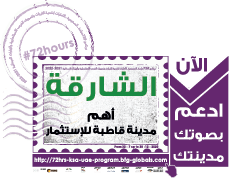
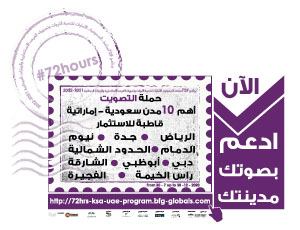
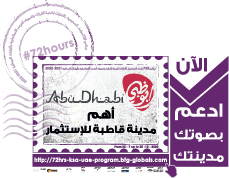
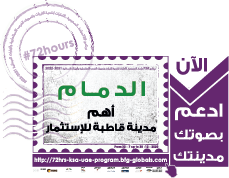
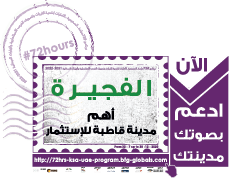
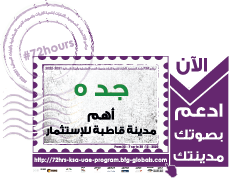
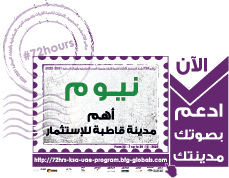
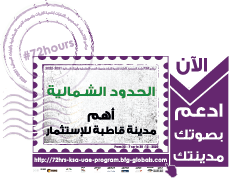
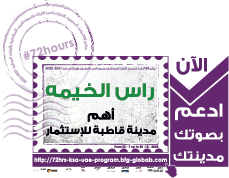
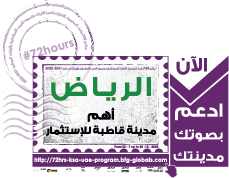










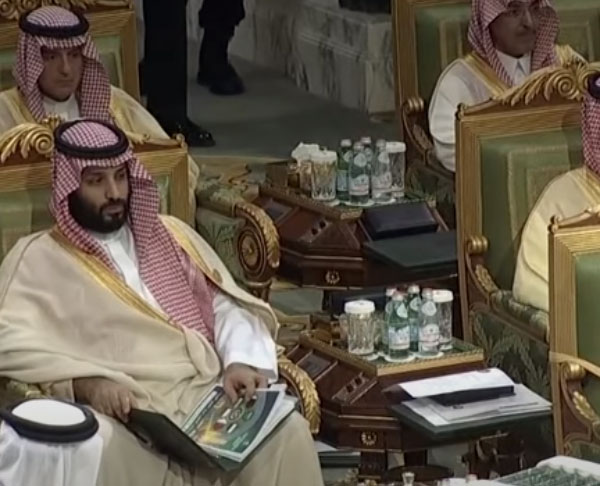
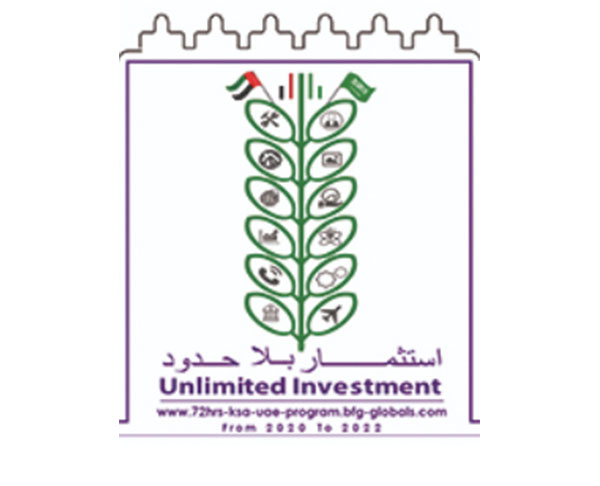
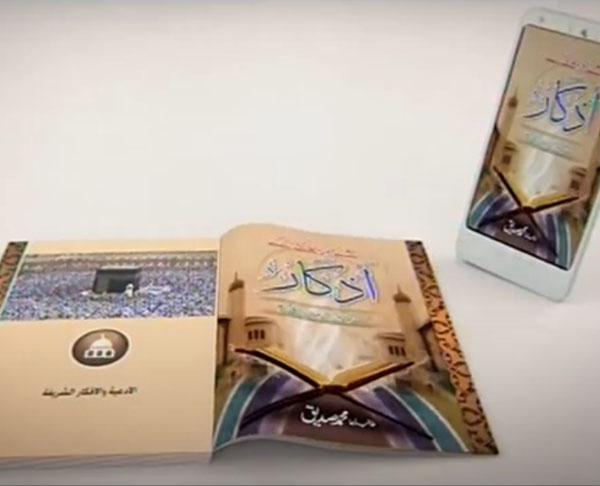

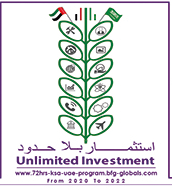
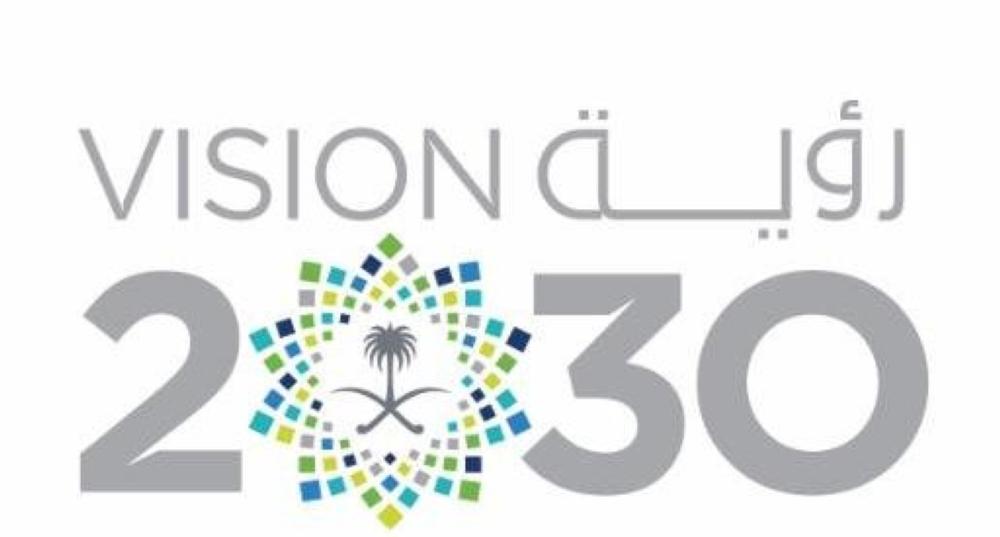
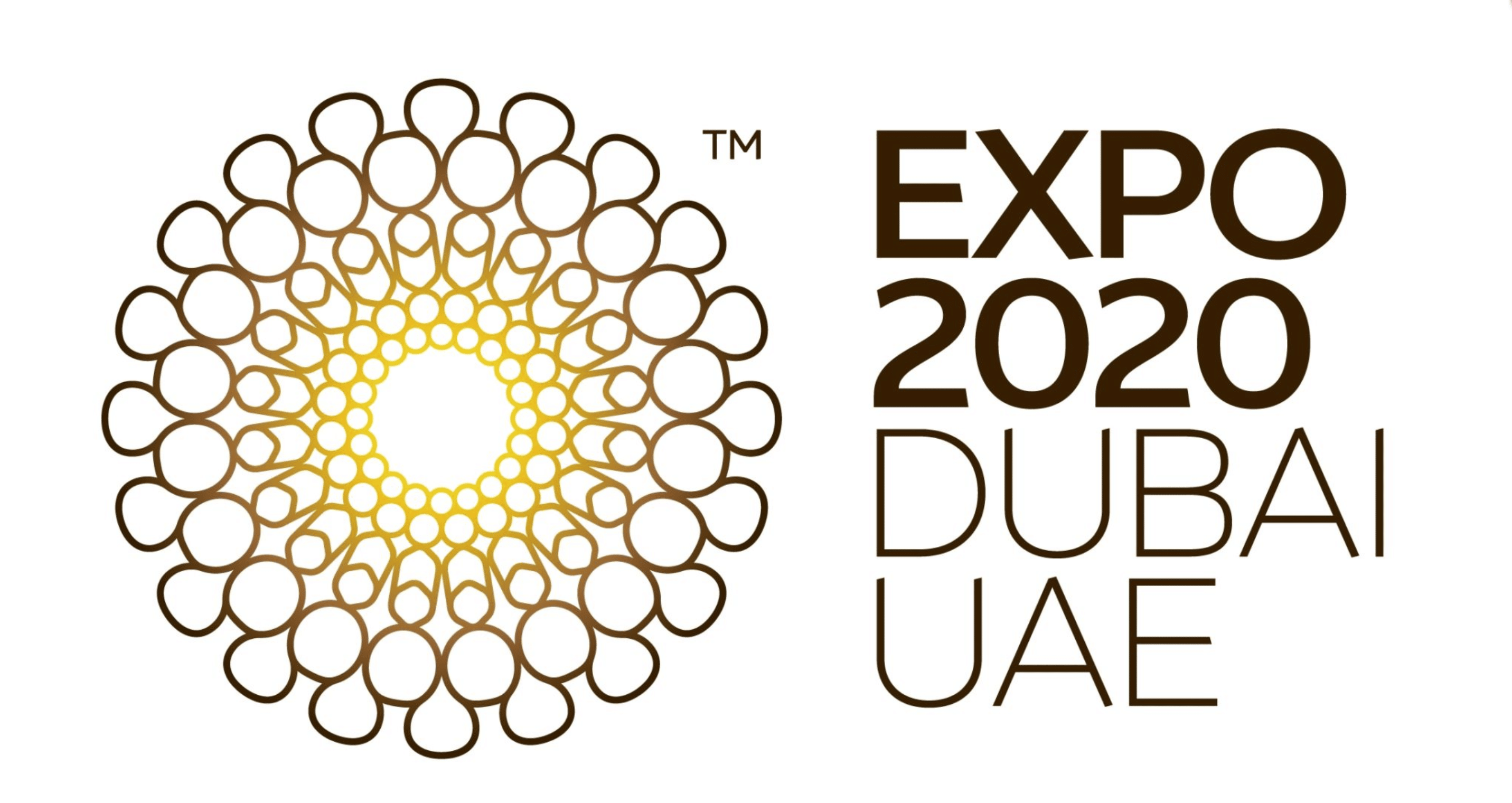
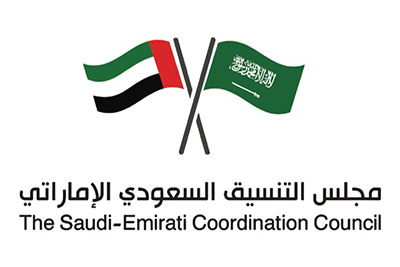
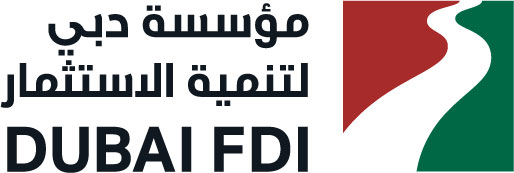

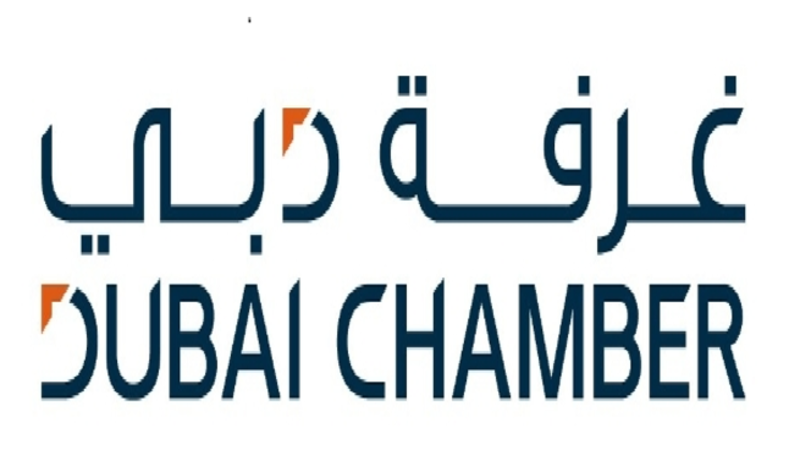
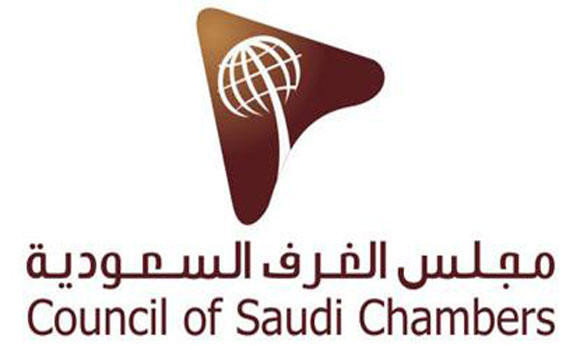


















تواصل معنا